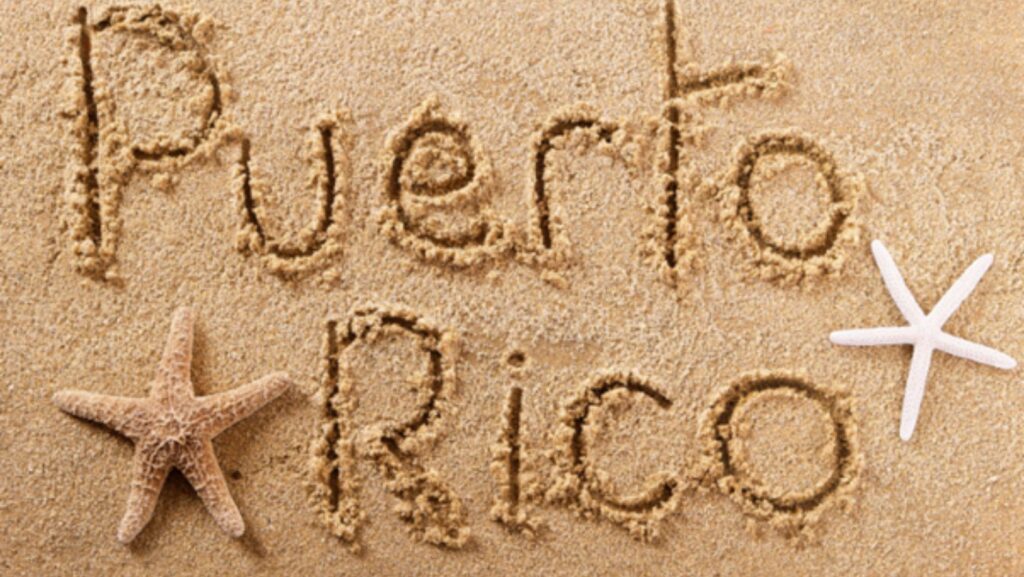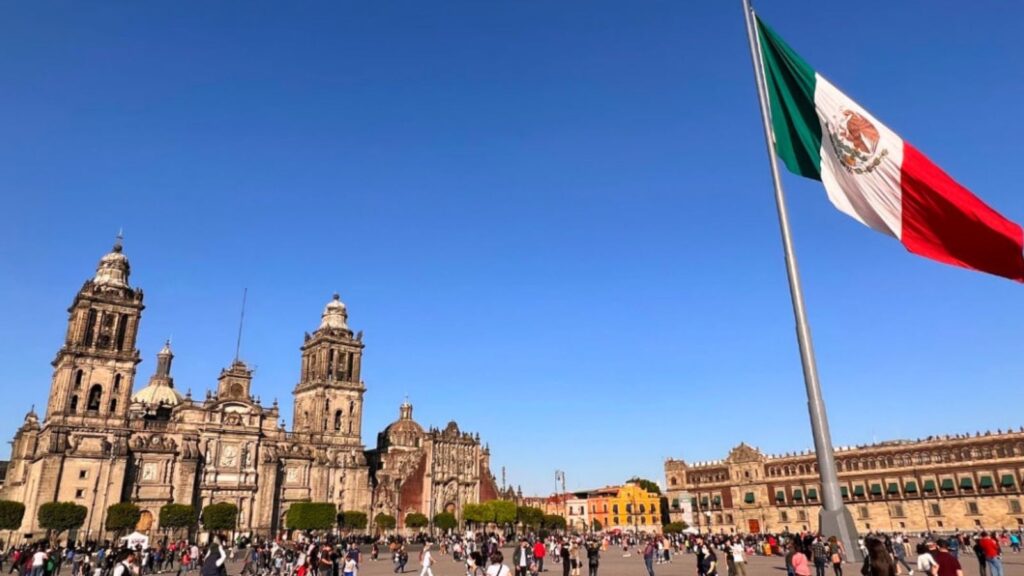Traveling to Puerto Rico for the first time offers a vibrant blend of culture, history, and natural beauty. Whether you’re looking for sun-soaked beaches, rich history, or mouthwatering cuisine, Puerto Rico has something to offer every type of traveler. However, planning your first trip to this Caribbean gem requires more than just packing your bags and booking a flight. There are several key factors you should consider to make the most of your experience. Here are five important things to keep in mind when planning your first visit to Puerto Rico.
Understanding Puerto Rico’s Unique Status
One of the first things to know is that Puerto Rico is an unincorporated territory of the United States. This means that while it’s not a state, it is governed by U.S. laws. For U.S. citizens, this makes travel significantly easier—no passport is required, and the U.S. dollar is the official currency. English and Spanish are both widely spoken, although Spanish is the dominant language in many areas. Travelers from outside the U.S. will still need to go through customs, so it’s important to check the requirements based on your country of origin.
This unique political status also means that while Puerto Rico benefits from some U.S. systems, it retains a distinct identity shaped by its Spanish heritage, Taino influences, and African roots. Understanding this blend can enrich your experience as you explore the island’s culture, food, and traditions.
Choosing the Ideal Time to Visit
The timing of your trip can greatly impact your experience in Puerto Rico. The island enjoys a tropical climate, with warm temperatures year-round, typically ranging from 70°F to 85°F (21°C to 29°C). However, there are seasonal variations that you should consider.
The high tourist season runs from December to April, when the weather is most pleasant. During these months, the island is bustling with events, festivals, and visitors from colder climates seeking a winter escape. However, this is also when prices for accommodation and flights tend to be highest.
The off-season, from May to November, offers more affordable travel options, but it’s also hurricane season. While major storms don’t hit the island every year, it’s wise to stay updated on weather forecasts if you’re planning to travel during this period. If you prefer fewer crowds and lower costs, late spring and early fall are ideal times to visit.
Exploring the Island’s Diverse Regions
Puerto Rico may be small in size, but it’s incredibly diverse in its landscapes and attractions.

Deciding where to focus your visit can be challenging, as each region has something unique to offer.
- San Juan: The capital city is often the starting point for most travelers. Old San Juan is a must-see with its cobblestone streets, historic forts like Castillo San Felipe del Morro, and colorful colonial architecture. San Juan also offers vibrant nightlife, luxury resorts, and a variety of dining options that showcase Puerto Rico’s culinary heritage.
- El Yunque National Forest: If you’re a nature lover, a visit to El Yunque is a must. As the only tropical rainforest in the U.S. National Forest System, El Yunque offers lush hiking trails, waterfalls, and incredible biodiversity. It’s a refreshing escape from the urban atmosphere of San Juan.
- Vieques and Culebra: These two smaller islands are known for their pristine beaches and laid-back vibe. Flamenco Beach in Culebra is often ranked among the world’s best, while Vieques is home to Mosquito Bay, the brightest bioluminescent bay in the world.
- The Southern Coast and Ponce: For a taste of Puerto Rico’s more traditional culture, head south to Ponce. Known as the “Pearl of the South,” Ponce features charming plazas, historic mansions, and the iconic Parque de Bombas firehouse. The southern coast also offers beautiful beaches and is less crowded than the northern and eastern coasts.
Each region has its own character, so whether you’re into history, adventure, or relaxation, there’s a part of Puerto Rico tailored for you.
Navigating Transportation and Getting Around
Getting around Puerto Rico is relatively straightforward, but it requires some planning, especially if you want to explore beyond San Juan. The island’s public transportation system is limited primarily to the San Juan metropolitan area. Taxis, Ubers, and public buses are readily available in the city, but they won’t take you far beyond.
For those who plan to explore more remote areas, renting a car is the most practical option. Puerto Rico’s roads are generally well-maintained, and U.S. driver’s licenses are accepted. However, be prepared for heavy traffic in and around San Juan, as well as some narrow, winding roads in rural and mountainous regions.

When driving outside the city, take time to explore the coastal roads and scenic routes, where you can stumble upon hidden beaches, roadside food stalls, and stunning ocean views. Keep in mind that while most road signs are in Spanish, they follow international symbols, so navigating shouldn’t be too difficult.
If you prefer not to drive, many tour companies offer day trips to popular destinations like El Yunque, the Camuy River Cave Park, and the Arecibo Observatory. Organized tours are a convenient way to see the island’s highlights without worrying about logistics.
Immersing Yourself in Puerto Rican Cuisine
One of the highlights of visiting Puerto Rico is undoubtedly its cuisine. Puerto Rican food, known as “comida criolla,” is a delicious fusion of Spanish, African, and Taino influences. For first-time visitors, trying local dishes is a must, as it offers a deep connection to the island’s history and culture.
Start with staple dishes like mofongo, a savory mash made from fried green plantains mixed with garlic, pork cracklings, and other ingredients. It’s often served as a side dish or stuffed with meat, seafood, or vegetables. Another classic is asopao, a hearty soup that combines rice, chicken, and sofrito—a base of garlic, onions, and peppers. It’s comforting and flavorful, perfect for an authentic Puerto Rican dining experience.
Street food also plays a significant role in Puerto Rican culture. Be sure to try alcapurrias (fried dough stuffed with ground meat or crab), bacalaítos (codfish fritters), and pinchos (skewers of grilled meat). You’ll find these tasty treats at roadside kiosks, food trucks, and beaches throughout the island. Many of these dishes are often accompanied by Puerto Rican hot sauce, known as “pique,” a tangy blend of vinegar, peppers, and spices that adds a flavorful kick without overpowering the dish. Each region and household has its own variation of pique, making it a versatile and essential condiment in Puerto Rican cuisine.
To complement your meals, Puerto Rico offers a wide range of tropical drinks, from fresh coconut water to piña coladas. Don’t miss out on sampling local rum, which is integral to Puerto Rican culture. Distilleries like Bacardí and Don Q offer tours and tastings that provide insight into the island’s rum-making history.
For a more immersive experience, consider visiting local markets like La Placita de Santurce in San Juan, where you can sample fresh produce, buy artisanal goods, and enjoy live music. Food is deeply woven into Puerto Rican identity, so savoring the cuisine is an essential part of your trip.
Conclusion
A first-time visit to Puerto Rico offers a rich tapestry of experiences, from historic streets to lush rainforests and pristine beaches. Understanding the island’s unique status, choosing the best time to visit, exploring its diverse regions, navigating transportation, and diving into its culinary traditions are crucial steps to making the most of your adventure. By considering these factors, you’ll be well-prepared to fully appreciate the warmth, beauty, and vibrancy of Puerto Rico.



